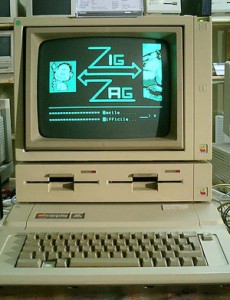The Plant Factory: next gen plant creation technologies goes anywhere
e-on’s new baby, The Plant Factory (TPF) is looking ready to rock the landscape and environment world, and could be up for an imminent release with June (2013) as the nominated release window. Exact date and price have not been publically finalised. TPF is a flexible, standalone go-anywhere application. e-on states the program incorporates four fundamental design elements (to copy/past verbatim):
1. Multi-Platform/Multi-Discipline – operates across all CG platforms including real-time, streaming, and offline rendering systems and caters to the needs of CG, SFX, Landscaping, GeoDesign, Architecture and Gaming communities
2. Botanical Coherency – allows the creation of more botanically accurate plant appearances and behaviours
3. Precise Control – users can create plants of any desired shape, appearance, and behaviour using simple building blocks
4. Massive Populations – building on e-on’s leadership in EcoSystems™ to create landscapes containing millions of plants
All roads lead to trees
TPF has three distinct but interconnected methods for users to sink their teeth into and flora-craft to their hearts content. Any user should find one of the three methods (or a combination of any) to suits their current skills, needs, or whim.
1. Manually paint the shape of the plant – allows for quick creative flare
2. Assemble ready-made components – easiest of the trio – like connecting Lego
3. Construct everything from scratch, using a graph of nodes – the most flexible but might scare those unused to the increasingly popular node based method of working 
The Plant Factory is capable of easily creating a wide variety of plant types from mushrooms to willows and palm trees, and even many things that are not remotely plant related.
TPF automatically rigs, textures (including displacement), uvmaps, and animates plants (swaying in gentle breeze to bending and twisting in storm conditions). TPF creations can be exported, for use in just about any 3D program, in many of the popular mesh formats as mesh or vertices cloud. Vue users will experience tighter integration with TPF than users of other software packages, with features like dynamic LOD for scaling detail to resolution, editing within Vue plant editor, and seamless integration with EcoSystem technology to create landscapes populated by hundreds of thousands of unique plants.
Rendering for compositing
As if all these tools weren’t cool enough, TPF comes loaded with an integrated compositing focused render engine which automatically generates and saves colour, alpha, and depth images. It supports G-Buffer, and extensive multi-pass rendering down to the per asset and per material levels asset with the convenience of grouping into a multi-layer PSD.
The Plant Factory is exciting!
Personally, I’m excited …but I doubt I will green enough to grab a copy on launch day. With e-on’s penchant for personal learning editions (PLE), I do have hope I will be able to get my hands on a mostly functional version of the program.
TPF Story Developments
Pre-Release
Pre-Release II – e-on relaxes feature restrictions


